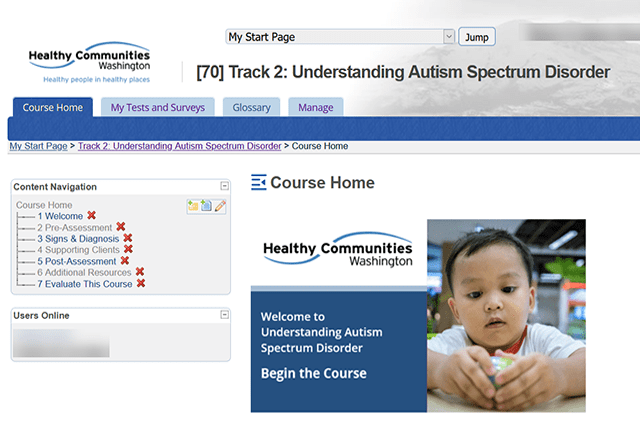One of the main objections program directors make when faced with the decision to invest in training is that, often, it doesn’t seem to have a direct impact on employees’ daily work. However, if that’s the case, the issue usually comes in the planning phase.
Before you dive into course development, consider these four factors to ensure your training investment pays off.
4 Ways To Maximize What You Invest in Training
First, Make the Training Relevant
There are many reasons to invest in training for employees. Agencies need to comply with local regulations. They must also set a baseline for new and existing staff, ensuring everyone meets the organizational standard.
And let’s not forget that providing training has many benefits. Employees who receive training report feeling more fulfilled, challenged, and supported in their roles. Offering training leads to higher engagement, more productive employees and lower turnover, resulting in long-term savings.
However, just any training isn’t enough. A successful professional development program must tie closely with your organizational objectives. Before launching an initiative, ask yourself: How does this topic relate to our goals? How does it support my employees in performing their job?
At Talance, we use something called a Needs Assessment, a tool that evaluates your audience and organization to plan an effective training program. Schedule a consultation now to learn more about our online training services.
Second, Set Clear Expectations
Before you invest in training, set clear objectives and expectations. So once you know what you need to train, it’s time to define what you want to achieve. Setting objectives and success criteria will help you in two ways. First, you’ll secure buy-in from stakeholders who may be skeptical if they don’t see a tangible result. And second, it’ll serve as a guide for measuring the impact of your program.
Explore questions like:
- Why are we running this initiative?
- Who are the primary beneficiaries?
- What are we trying to achieve with this program?
- How can it make our employees’ work better?
- What skills can they use immediately?
In some cases, the answers will be obvious. You need a state license or certification, for example. In others, though, the answers can be more nuanced. Maybe you need core competency training to create an equal ground for all team members.
Third, Implement a Change Management Strategy
What you invest in training can only be impactful if your employees bring it to the office. That may seem obvious. But you’d be surprised by how many people go back to doing things the same way they’ve always done them after the course is over.
Change management is a methodology designed to manage transitions. It applies to new software, process implementation, and technology adoption. A change management strategy will guide your team as they create processes and put their new skills to practice.
Fourth, Make Learning Part of Your Culture
New technologies, updates and challenges make it essential for professionals to stay curious and open. Just like any skill, learning is a muscle your employees need to develop. But it is also a vulnerable position — if you’re learning, it means you’re not an expert. Putting new skills to practice can be intimidating, and mistakes happen.
Creating a learning culture in your organization provides room for mistakes and growth. And it gives your employees a safe space to experiment, ask questions and hone in on new skills.
Organizations that prioritize learning and development see the following benefits:
- Greater innovation. Ongoing learning means fresh talent and new skills, which keeps you competitive and relevant.
- Better problem-solving. A learning culture encourages outside-the-box thinking and creative solutions for obstacles.
- Top talent. Professional development is a powerful motivator for employees and prospects. Prioritizing it attracts top talent who seeks to grow.
Make learning part of your culture by opening space for employees to develop their interests and fill skill gaps instead of expecting them to do so in their free time. Consider offering online options to make training more accessible and remove the typical constraints. And try to create a fun environment for learners to engage.
Secure Your Training Investment
Talance is a leading learning management system administrator working with agencies like yours to provide timely, relevant training that expands your team’s capabilities. We offer a mix of off-the-shelf and custom training to fit your organizational needs.
Book a free consultation now to learn more about our services.



